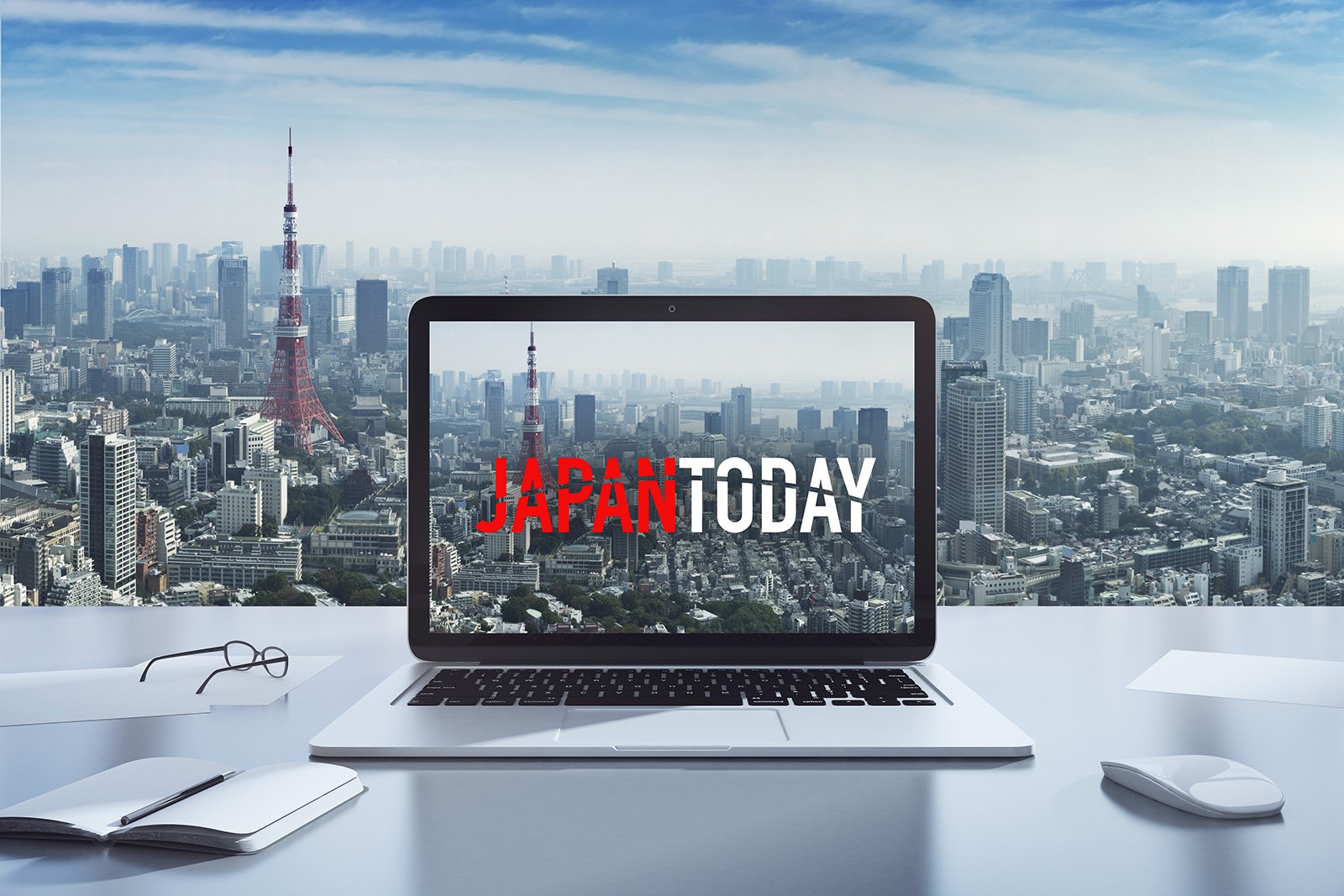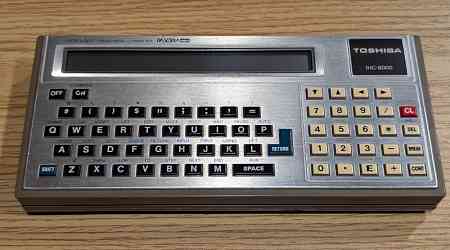The mayor of Genkai in southwestern Japan gave his approval Friday for a preliminary survey to be undertaken to gauge the town's suitability for the construction of an underground disposal site for highly radioactive waste, as he hopes to rouse public interest in the slow-moving progress.
The Saga Prefecture town will be the first municipality that hosts a nuclear plant to undergo such a survey, the initial part of a three-stage, 20-year process to select a permanent storage site for waste from nuclear power generation.
The central government has struggled to find any sites and only two other municipalities, neither of which host a nuclear plant, have agreed to such a survey.
In making the decision, Mayor Shintaro Wakiyama of the Saga Prefecture town told a press conference that he took "seriously" the municipal assembly's vote in favor of the survey last month, following requests from local associations in the construction, restaurant and accommodation sectors.
While some Genkai municipal assembly members were opposed to the survey, some of the local bodies said they hoped to receive state subsidies of up to 2 billion yen and pointed to the benefits for the local economy.
The proponents also said the town, which hosts Kyushu Electric Power Co's Genkai nuclear power plant, should proactively cooperate with the central government.
"I hope that (my decision) will be an opportunity to prompt nationwide discussions," Wakiyama said, adding the state subsidies played no part in the decision.
Wakiyama said the survey does not necessarily mean Genkai would become the final disposal site "in a piecemeal fashion."
After the assembly gave the green light for the survey on April 26, the Ministry of Economy, Trade and Industry on May 1 requested that permission be granted for the survey. The mayor had said he would make a final decision within the month.
The preliminary site surveys approved by the town of Suttsu and village of Kamoenai, both in Hokkaido in northern Japan, commenced in 2020 but have taken longer than the scheduled two years, and it remains unclear whether either process will move to the second stage due to the Hokkaido governor's opposition.
High-level radioactive waste, produced when extracting uranium and plutonium from spent fuel, must be stored in bedrock at least 300 meters underground for tens of thousands of years until radioactivity declines to levels that are not harmful to human health or the environment.
The waste, solidified by mixing with glass, is currently housed in metal containers stored at the Vitrified Waste Storage Center operated by Japan Nuclear Fuel Ltd. in Rokkasho, Aomori Prefecture.























